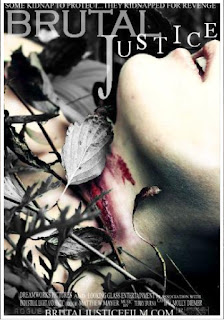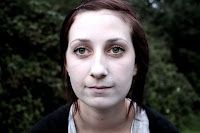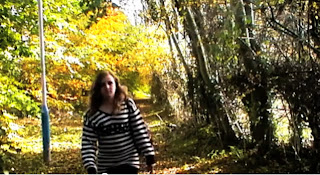In what ways does your media product use, develop or challenge forms and conventions of real media products?
Develop and Challenge
- Our final trailer took great inspiration from the thriller genre and from 'The Silence of the Lambs' which is a film of the same genre as our final trailer. We noted conventions and key ideas in the film and developed them to create ideas and a new narrative for our own teaser trailer. We found the trailer for Silence Of The Lambs and many other films of the thriller genre and used this as further inspiration.
- We deconstructed trailers to see what elements were common in the thriller trailers we found. Deconstructions can be found in the research or deconstructions section of the blog.
- Similarly to the film, we used the idea of kidnapping in our trailer. We chose to feature kidnapping as it was an issue that had recently been in the news. We researched the kidnapping stories and posted our findings in an earlier blog post.
- We used elements from these stories in our trailer. We read some 'true life' books about children who had been kidnapped and abused. We showed shots of girls tied up in a cellar, and taped up as this leaves the fate of the girls and the reason behind their kidnapping open the the imagination of the audience. By leaving factors open to the imagination, we have used an element of the narrative in The Silence of the Lambs, but also created intrigue which is important in a trailer. By doing this we were also conforming to the ambiguity convention of a teaser trailer.
- We used photography/stills of dead and injured bodies in our trailer as well as anchorage (i.e 'amputation...') as this further allows the audience's imagination to decide the ending and the narrative to increase the intrigue. By only displaying these photographs for a small amount of time we were not allowing the audience to focus on the image, therefore adding confusion.
- We developed the convention of female victims by using multiple victims. In the trailer they appear innocent victims that the audience can identify and sympathise with, but if we were to make the whole film, the audience would later discover that they aren't entirely innocent (bullies). This subverts audience expectations thus creating EVEN MORE INTRIGUE!
- The killer/villain in The Silence of the Lambs kidnapped and killed his victims so he could collect skin to make a costume of a woman's body pre-surgery (he wanted a sex change). We used the same idea of kidnapping which is seen in our trailer through the unclear anchorage, shots of girls kidnapped and the use of stills of human body drawings
- This suggests our killer has a deep/mysterious fascination with the human anatomy.
- Our trailer conforms to teaser trailer conventions as typically teaser trailers are 30-60 seconds long. - Ours is 62!
- Trailers of the thriller genre as our trailer starts off slow and with a state of equilibrium (Todorov) and builds up speed and tension towards the end.
- Trailers also use music that is in keeping with the mood of the trailer/genre. Our trailer conforms to this convention as the soundtrack is not only synchronous to the editing and pace of the trailer, but it also is parallel to the mood and genre of the trailer.
- We challenged the conventions of the trailer as teasers are typically released/made 1 year prior to the film's release. The films are usually high budget films. Ours was not a high budget film!
- We also did not use voice overs in our teaser trailer as it would have ruined the tone and genre conventions of or trailer's genre.
- Although it is not directly featured in our trailer, our villain is female; this challenges genre conventions and audience expectations.

































